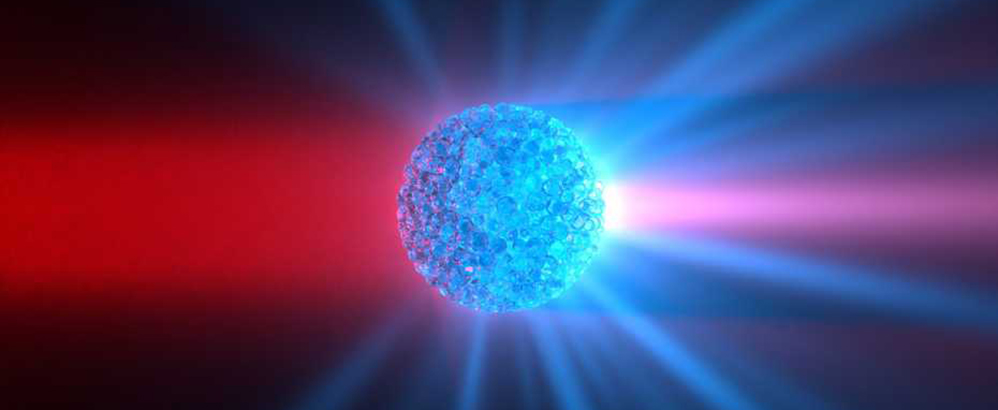Researchers working at the Swiss Federal Institute of Technology in Zurich (ETH) have succeeded in producing an efficient material for broadband frequency doubling of light by using microspheres made up of disordered nanocrystals. The potential fields of application for this new approach range from new laser technologies to innovative displays, according to a press release. It could help to convert images in the infrared range directly into blue, visible images by way of frequency doubling. Such displays could then be used in security cameras and life sciences applications, for example.
To achieve this, the team headed up by ETH professor Rachel Grange from the Institute for Quantum Electronics came up with a plan to combine what would appear to be two opposing, paradoxical approaches: Instead of carefully aligning nanocrystals with the incidence of light, the team made use of disordered nanocrystals. Moreover, the researchers wanted to increase the light intensity by shaping these disordered nanocrystals into micrometer-sized, multi-reflective microspheres
“So we had this great idea, but no clue as to how to turn the many tiny nanocrystals into perfect microspheres”, comments Romolo Savo, post doctorate student and study leader, in the press release. The decisive momentum in overcoming this challenge came about during a coffee break with Lucio Isa from the Department of Materials. Since then, the Isa and Savo’s groups worked together.
Isa had recommended that the research group should try to dissolve the nanocrystal powder in water, mix this solution with oil before shaking it up vigorously. This process would produce water-in-oil droplets filled with nanocrystals, with the water then gradually evaporating to leave perfectly formed spheres of unordered nanocrystals remaining. This recipe for an emulsion worked perfectly: “The frequency doubling with the tiny spheres made of disordered nanocrystals works independently of the direction of the incoming light as well as over a wide range of frequencies”, Savo explains.
In addition, the researchers obtained the same yield of frequency-doubled light despite the fact that they used 70% less material. Their study has now been published in the scientific journal “Nature”. Grange and her team will now focus on further improving their method to minimize loss of light.
Related news
Contact us
Can we put you in touch with a peer company or research institute? Do you need any information regarding your strategic expansion to Switzerland's technology and business center?
info@greaterzuricharea.com
